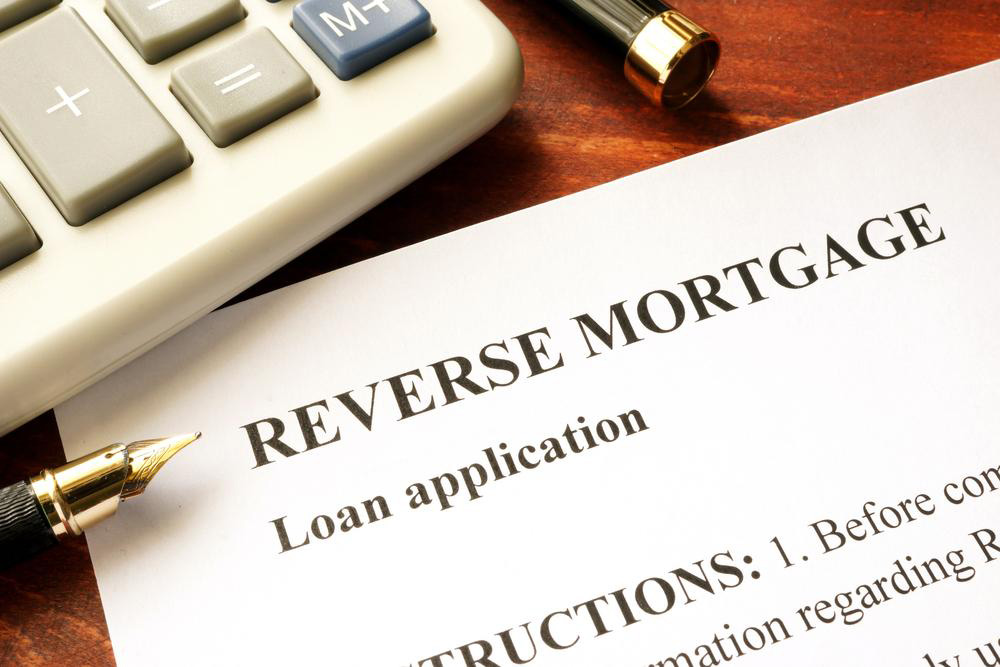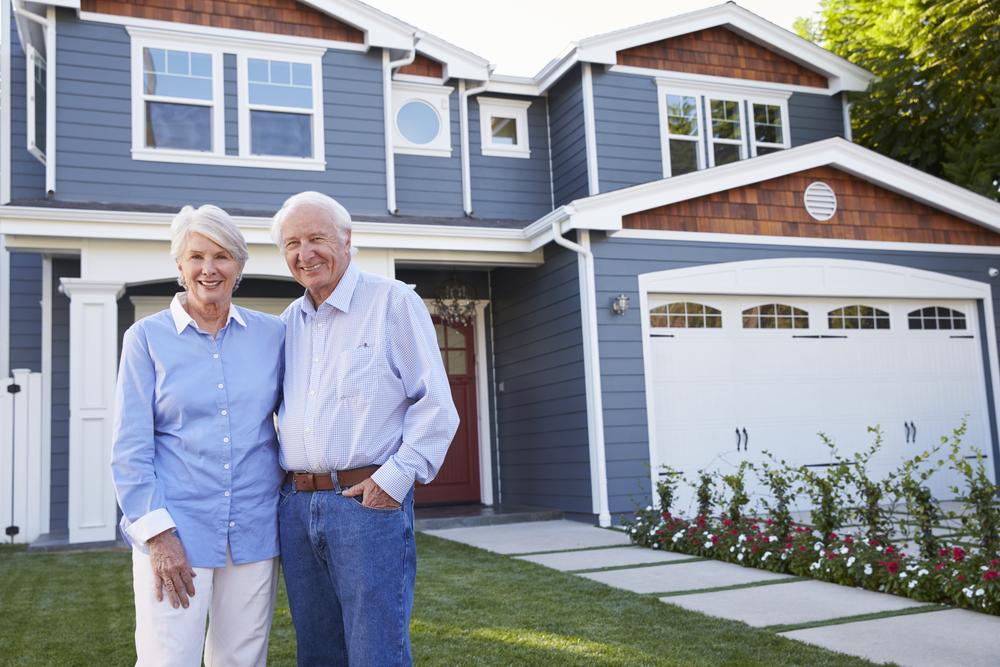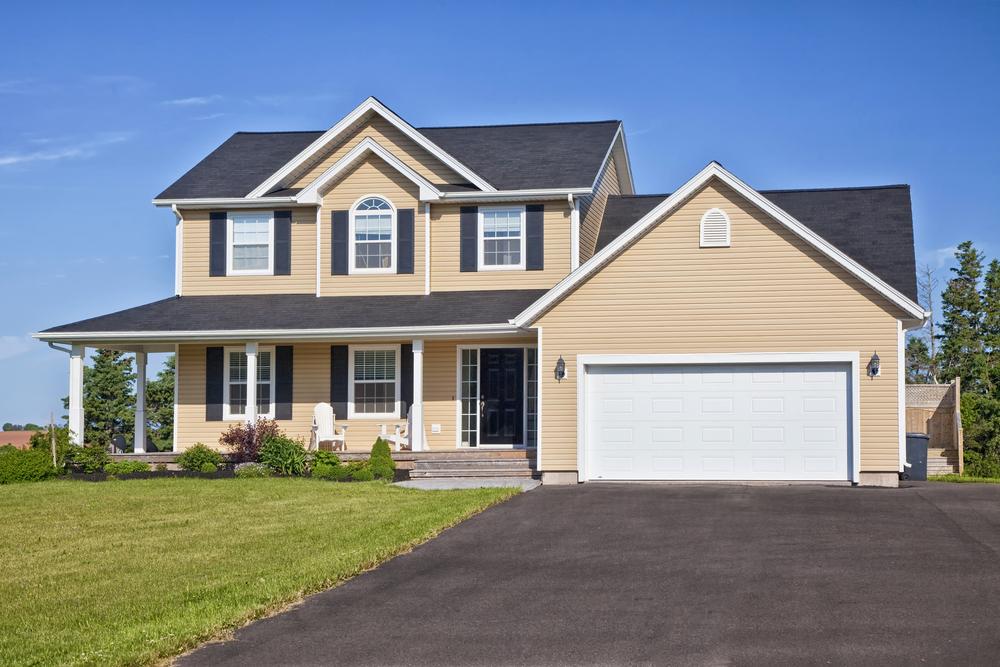Key Factors in Calculating HECM Reverse Mortgage Payments
Explore the key factors influencing HECM reverse mortgage calculations, including property value, applicant age, market interest rates, and existing loan balances. Understand how these elements determine the loan amount you can access, with insights into maximum limits and timing strategies to maximize benefits. This comprehensive overview helps seniors make informed decisions about reverse mortgages to enhance their financial security.

Understanding the Components in HECM Reverse Mortgage Computations
The calculation of the potential amount for a Home Equity Conversion Mortgage (HECM) reverse mortgage doesn't follow a single universal formula. Instead, several consistent factors influence the calculation of qualifying amounts. Online reverse mortgage calculators can offer estimates, but only a certified counselor can determine the precise loan amount once all eligibility criteria are satisfied.
The final loan amount depends on the chosen HECM loan type, available funds, property net value, prevailing interest rates, existing mortgage balances, and the applicant's age.
The maximum allowable loan limit for HECM reverse mortgages is now $636,150, increased from last year's $625,500. The process involves assessing current market interest rates, existing loan balances, home value, and applicable set amounts for an accurate estimate. For example, a 65-year-old homeowner with a $300,000 house and a $50,000 existing loan might qualify for approximately $150,000. However, this amount would be reduced by the outstanding loan balance, reducing the actual disbursed funds.
This setup eliminates the need for monthly mortgage payments, offering borrowers better financial flexibility. The calculation intertwines property value, existing debt, costs, and available loan proceeds to determine the net amount accessible. Age significantly affects funding—older individuals tend to receive higher amounts; a 76-year-old could access up to $149,000 on the same property that a 62-year-old might only qualify for around $110,000. Additionally, maximum county limits authorized by the FHA and current market rates influence the final amount. Monitoring interest rates to optimize borrowing time benefits applicants, as lower remaining debts increase available funds.










